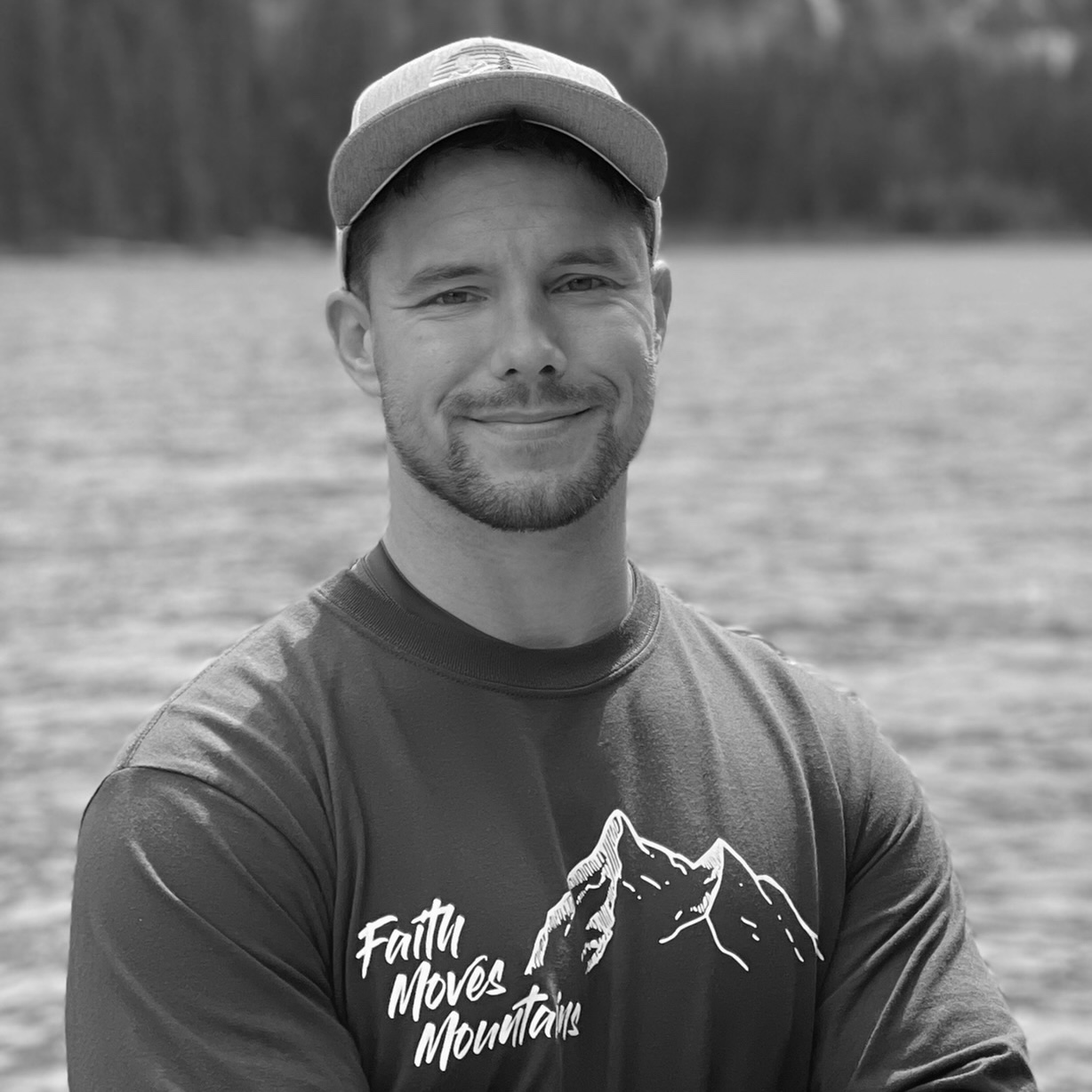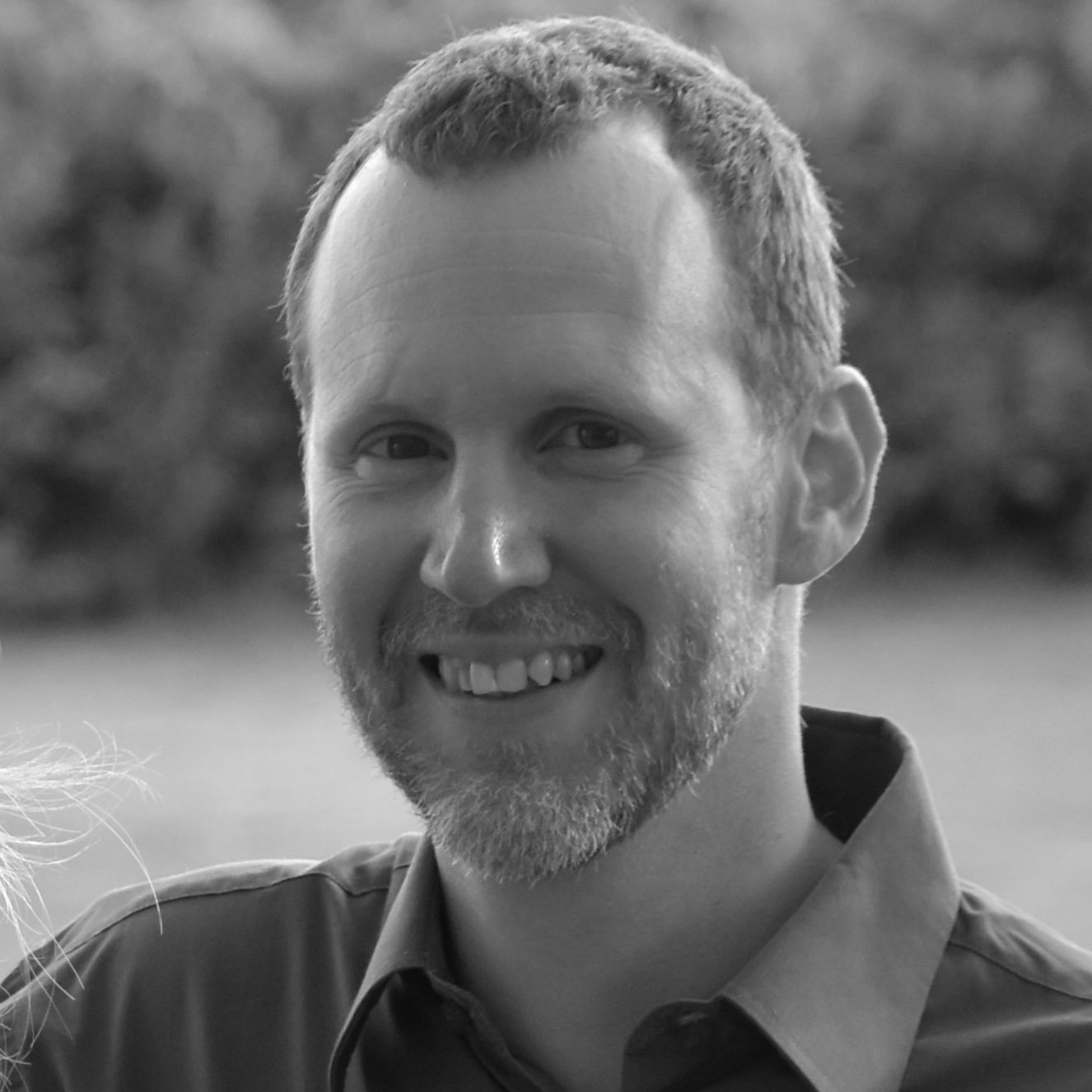
Cheryl Boyd
Global Vice President, Digital Strategies

I remember a few years back when our former Global President, Steve Sellers, explained how we tend to view our organization from our specific part. For instance, if you first encountered our movement on campus, you will assume that our whole organization looks like our Student Led Movements. Or, if you first encountered us through our Global Church Movements and continued serving there, you might assume that everyone uses MC2 materials and knows what GACX is. Even our staff can be surprised to learn about all our organization offers people in their spiritual journey to help them know, love, and follow Jesus.
Imagine a university student living in a big city who is a world-class athlete, a newlywed, and looking forward to a professional career in finance in a place without churches. How challenging would it be for her to discover all that our organization has to offer as she lives out her faith in all these aspects of her life?
Whether we are leading our part of the Great Commission or looking to help others understand what we have to offer, our work requires sense-making. Simon Seow, Senior Digital Strategist on the GDS VP Team and co-founder of Indigitous, describes this as going from the dance floor to the balcony. The dance floor is fun! It is a high-energy place where people are moving. But it is hard to see all that is happening while you’re grooving on the dance floor. To get a better perspective, you need to head up to the balcony.
From there, you can see more and identify needs and opportunities. How many people are on the floor, and how many are sitting by themselves watching? Does the band need to slow down or bring more energy? Are there enough refreshments for everyone? What about the young man stumbling after twisting his ankle? He might need a doctor! You get the point. You can spend a lot of energy on the dance floor. While it might be hard to tear yourself away from the action, a good leader steps away from time to time to get perspective.
Our Global Executive Team practices doing that together twice a year. In September, we met face-to-face in Singapore. We took turns focusing on each part of the organization—regions, strategies, and capacities. We took a look at how we are each doing our part to achieve our shared outcomes, which are:
Moving national ministries to Stage 3
Making progress in pioneering into missional gaps
Ensuring global strategy and capacity progress that serves and strengthens national ministries
Effectively functioning Regional Round Tables
If we all merely stayed focused only on our part, we would not see how we are doing collectively at achieving these outcomes. We would miss opportunities and fail to address risks and challenges. As a result of our sense-making together, I left Singapore with some clear next steps we can take as Global Digital Strategies to do our part in the mission we share as a global ministry.
Sense-making is an important part of our leadership rhythms. We need to make time to sense-make for the team we lead and for our personal development. How are you making time to sense-make for yourself and your team as you work together to make progress in your part of the mission?
Together with you,
Cheryl

Jeremy Clay
Project Manager, Global Digital Strategies

We were in a newly renovated room at our headquarters in Orlando, staring at a whiteboard, scratching our heads, unable to see a solution. As someone motivated by challenges, I felt stuck and sensed the project team was going in circles. On the surface, we grappled with whether or not “training content” should be a part of our communication strategy. Please don’t hear me saying that among us were some who loathe training. On the contrary, everyone in that room loves training. But underneath this was another issue, the question “Who?” Who will be responsible for curating or creating, developing, and delivering this training content? The room’s new smell and high-tech features had no effect on the way we felt about our capacity for more responsibilities.
And that’s when it happened. There was a slow realization, like a repaired dead engine coming back to life, that the way forward was backward! Instead of pressing on as we were, we needed to revisit our project’s stated objective and our team’s limitations. When we revisited those two items, there was clarity. Of course, we want to offer training, but that content challenged our limitations and wasn’t necessary to achieve this project’s objective, so we must proceed without it. And just like that, we were able to move forward. The next time we got stuck, we knew that the way forward required us to go backward first and revisit the objective.
I see this all too often in project management, yet I often get stuck navigating details that don’t show a path forward. What is needed is perspective. I deal daily with details, like creating projects and tasks for my project teams, scheduling progress-check meetings, following up with people on unclear work or direction, and so on. For me, it can be easy to put my nose to the grindstone. But therein lies the problem with the grindstone—it’s tough to see anything else with my nose on it.
Stepping back to see the bigger picture allows us to make sense of the whats, the whys, the whens, and the hows. It helps us gain new clarity. No matter your role, having clarity is one of the best ways to assist your team in accomplishing your goals.
So, how did stepping back for a new perspective help make sense of our project? With new clarity, we reprioritized our assets and discovered something interesting that helped us achieve more with less. And it seems to be working. I know it’s hard, but if you’re having trouble making sense of something, can I encourage you to step back, invite the Lord into your wrestling, ask for wisdom, and change your perspective? You might find a solution that helps you and your team accomplish more with less. And that just makes sense.

Roland Osvath
Digital Strategist, Global Digital Strategies

Eight years after I started Digital Strategies in Hungary, the ministry was going great. After so many years of doing DS alone, suddenly, I had a team of four people! I was thrilled to think of the things we could finally do. That was when my leader asked me if I wanted to go on a sabbatical.
I did not. I was not tired. If anything, I was motivated! Then I realized that being tired was not the main reason to take a time to rest. The reason that made me go was obedience. I remembered that God’s Word said we needed a healthy rhythm of work and rest. So, I ended up going on a sabbatical.
For a while, I hated not knowing what was going on. Then I realized this was one of the points of being on sabbatical. By leaving the ministry alone, I acted in faith that it did not depend on me. The DS ministry—thank you for asking, Roland—was doing just fine without me. Ultimately, it was upheld by God and not me.
You’ve probably experienced this many times, not just on a sabbatical: When we are busy but, in faith, take the time to rest and spend time with the Lord, we get new clarity from Him. We struggle with a question, not finding the solution, then take a rest with God, and it changes everything.
It reminds me of Asaph’s Psalm 73. For him, it was not a ministry perspective or strategy but a different topic: He had a hard time understanding the prosperity of those who hate God. He thought about it a lot, but it didn’t make sense.
“When I tried to understand all this, it troubled me deeply,” he says in Psalm 73: 16. Finally when he went to God with his question, he understood. God gave him a different perspective: “…till I entered the sanctuary of God; then I understood” (Ps 73:17). I love it when that happens to me in the ministry.
When I returned from my sabbatical, DS was still there. After stepping back from the ministry and taking time off with God, I had a new perspective and clarity. Oh, and my sabbatical was lots of fun, too!


©1994-2022 Cru. All Rights Reserved.